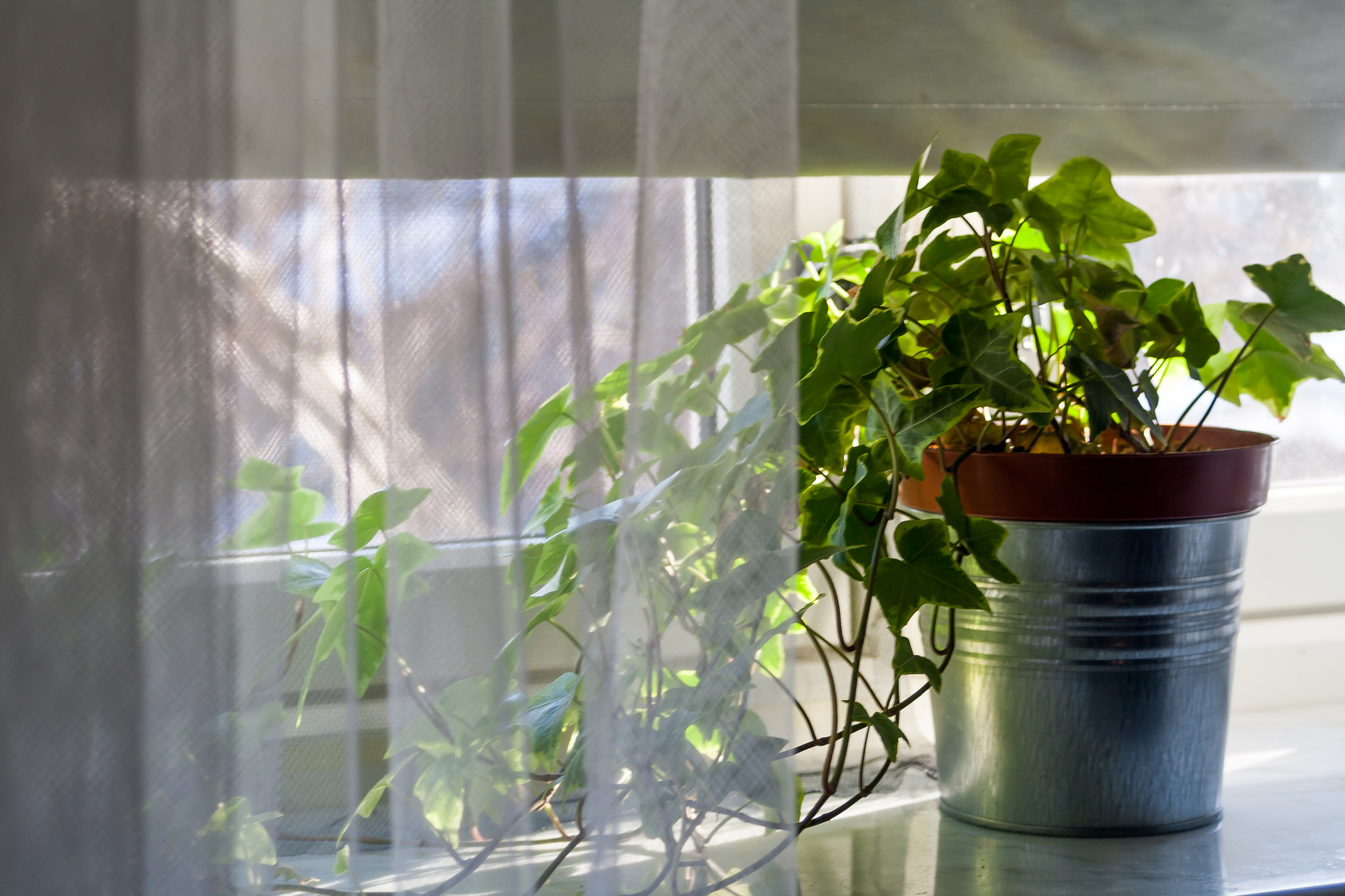It is well known that eating leafy greens will help you live a longer, healthier life, but what about living near them? A new study published by researchers at the Harvard T.C. Chan School of Public Health looks at the effects of the presence of vegetation on the longevity of women and shows that the impact is indeed long-lasting.
The researchers, who monitored a large group of female participants aged 30-55 from 2000 to 2008, used satellite imagery to track the density of vegetation surrounding their homes, and recorded participants who passed away during the experimental period. By controlling for various mortality risk factors (such as age, ethnicity, and smoking activity) and maintaining regular communication and updated information on all participants, the researchers ensured that any association between mortality and vegetation density were statistically significant and free of confounding factors.
After compiling the data, the researchers were able to observe that participants who ranked in the top 20% for greenness around their homes had a 12% lower mortality rate than those who ranked in the bottom 20%. These same groups also accounted for a 34% difference in mortality rates caused by respiratory illness, which may be due to the oxygen-producing, environmentally-friendly properties of trees, plants, and all things vegetation. What does all this mean? People who had more green in their lives (and not the money kind) ended up living longer.
The findings suggest that these green areas may be conducive to not only cleaner air, but also factors that result from a better living environment, such as increased outdoors activity and improved mental health. These results also reinforce the biophilia hypothesis — the idea that human beings have an evolved an affinity for and enhanced survivability in natural environments — mentioned within the paper as the basis for the research endeavor. This doesn’t necessarily mean one should ditch city life and move to the rural country in order to live longer and healthier; one can reap the same benefits in urban areas that have a lot of street trees and greenery. This does mean, however, that people who live in areas of low vegetation can take matters into their hands and create a healthier environment for themselves by planting small trees within the area. A well-maintained lawn yard or backyard garden can improve not only the aesthetics of the house, but also the quality of air in which you live.
Image Source: Alfalfa126
It is usually advised to exercise caution when viewing new studies that come out. This study in particular was only published three months ago, and true legitimacy is hard to obtain until many studies have replicated and confirmed the same results, as any study, no matter how organized, is susceptible to sampling bias and procedural error. However, it couldn’t hurt to try to make your life greener. If outdoor gardening is too much trouble or simply isn’t possible (i.e. those living in apartments and dorms), a number of indoor plants specifically approved by the National Aeronautics and Space Administration (NASA) can still improve your air quality and your quality of life. Yep, even a little flower pot can go a long way towards living a long life!
Feature Image Source: Plant by Trixi Skywalker










